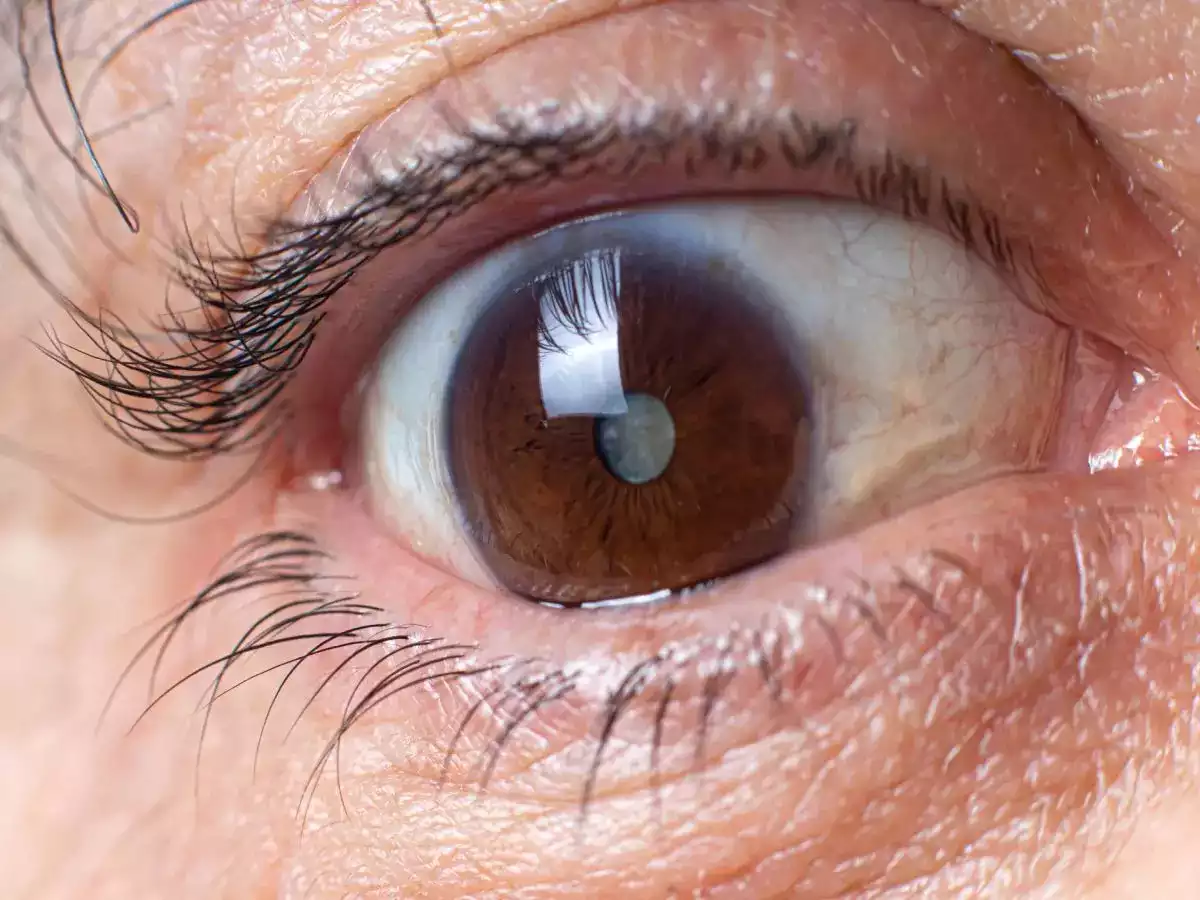“Motiyabindu operation in Rewa” is a term commonly use in India and some other to refer to cataracts. Cataracts are a medical condition that affects the lens of the eye, causing it to become cloudy or opaque, which can lead to a progressive loss of vision.thus, The term “motiyabindu” essentially translates to “pearl-like drop” in English, referring to the appearance of the cloudy lens.
Cataracts are a common eye condition, especially among older individuals, but they can affect people of all ages. They can develop slowly over time, causing a gradual decline in vision, or they may develop more rapidly.
Cataracts can significantly impair vision, but they are treatable through cataract surgery. During cataract surgery, the cloudy lens is remove and replace with an artificial intraocular lens (IOL), restoring clear vision. Cataract surgery is a common and safe procedure, and it is often performe on an outpatient basis.

Types of Cataracts
Age-Relate Cataracts: This is the most common type of cataract and occurs naturally as a result of aging. Over time, the proteins in the eye’s lens break down and become cloudy, leading to vision impairment. Age-relate cataracts typically develop slowly.
Congenital Cataracts: Since, These cataracts are present at birth or develop during early childhood. They can be caused by genetic factors, infections during pregnancy (such as rubella), or metabolic disorders.
Traumatic Cataracts: Traumatic cataracts develop as a result of eye injuries or trauma. A blow to the eye can damage the lens and lead to clouding or opacification. These cataracts can occur immediately after an injury or develop gradually over time.
Secondary Cataracts: Secondary cataracts can develop as a complication of other eye conditions or medical treatments. For example, they may occur after surgery for other eye conditions or as a result of certain medications, such as corticosteroids.
Radiation Cataracts: Exposure to ionizing radiation, such as that use in cancer treatments like radiation therapy, can lead to radiation-induce cataracts. These cataracts may take years to develop after exposure.
Symptoms of Cataracts
Blurred Vision: Blurre vision is one of the most common early symptoms of cataracts. As the cataract develops, the eye’s lens becomes cloudy, which blurs the vision and reduces clarity.Motiyabindu operation in Rewa!
Cloudy or Foggy Vision: The vision may appear as if you are looking through a cloudy or foggy window. This cloudiness can interfere with your ability to see clearly.
Reduce Color Intensity: Cataracts can cause colors to appear less vibrant and fade. You may notice that colors look dull or yellow.
Difficulty Seeing in Bright Light: Bright lights, including sunlight or headlights from oncoming vehicles at night, can cause glare and discomfort. Glare may make it challenging to see clearly.
Increase Sensitivity to Glare: Individuals with cataracts may become more sensitive to glare from lights, making it difficult to drive at night or in bright daylight.
Double Vision: Cataracts can cause double vision or multiple images to appear when you look at a single object.
Understanding Cataracts (Motiyabindu)
Before delving into the details of Motiyabindu surgery, it’s crucial to understand what cataracts are. Cataracts are a clouding of the eye’s natural lens, which leads to blurred vision, difficulty seeing at night, and other visual disturbances. Fortunately, cataract surgery is a highly effective solution for restoring clear vision. visit our hospital!
Benefits of Motiyabindu Surgery
Process for Cataract Surgery
1. Surgery Preparation:
- On the day of surgery, you will typically be aske to refrain from eating or drinking for a few hours before the procedure.
- Thus,You may be given medications to dilate the pupil and numb the eye.Motiyabindu operation in Rewa!
2. The Surgical Procedure:
- Cataract surgery is usually performed on an outpatient basis, meaning you can go home the same day.
- The surgeon will make a small incision in the eye and use ultrasound or laser technology to break up the cloudy lens (cataract).
- For instances, The cataract is then removed, and an artificial intraocular lens (IOL) is implanted to replace it.
- Thus The incision is usually self-sealing and does not require sutures.
3. Postoperative Recovery:
- After the surgery, you will spend a short time in a recovery area to ensure there are no immediate complications.
- You will be provided with eye drops or medications to prevent infection and reduce inflammation.
- You may need to wear an eye patch or protective shield over the treated eye temporarily.
